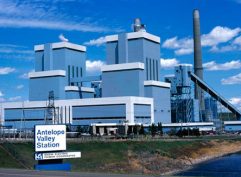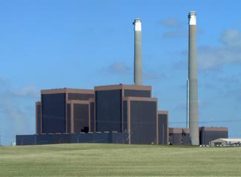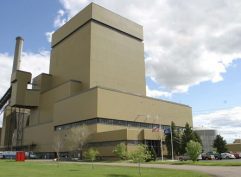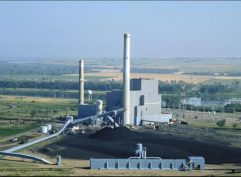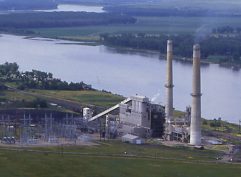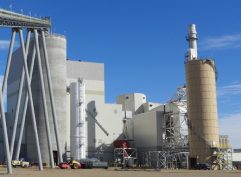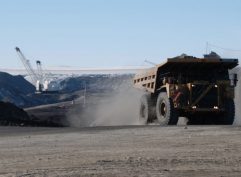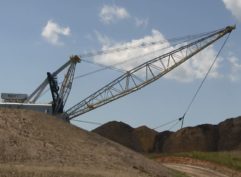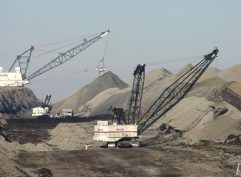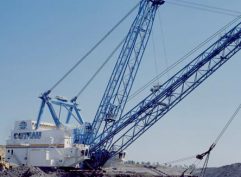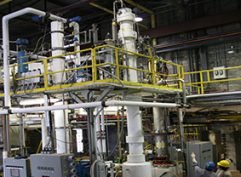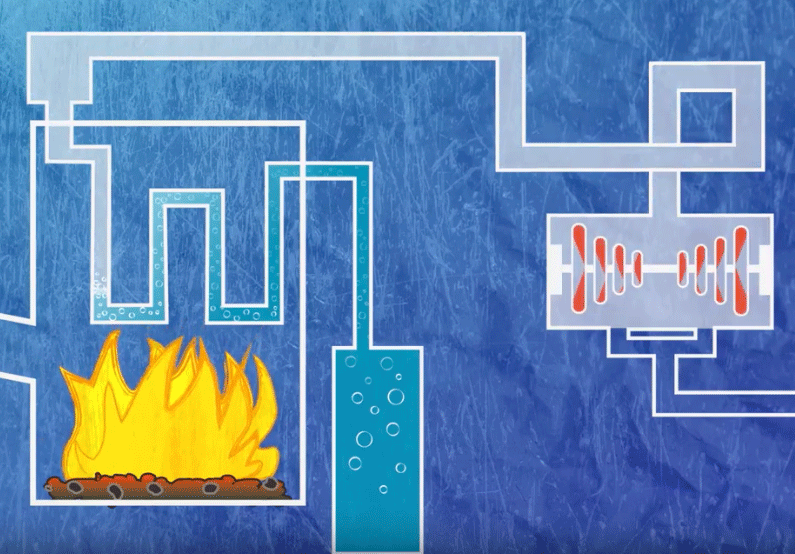Minnesota Legislative Update
LEC Presents Carbon Capture to Minnesota Legislative Committee

Last week, the LEC CEO and President Jason Bohrer led a panel presentation on carbon capture technology that is being developed by North Dakota’s coal industry. The panelists included Mike Holmes- VP of Lignite Research Council, Charles Gorecki- CEO of the Energy and Environment Research Center and Dan Laudal- Environmental Manager and Project Lead of Project Tundra at Minnkota Power Cooperative.
The presentation was given to the Senate Energy and Utilities Finance and Policy Committee who had previously voted in support of a bill that would define carbon capture as a clean energy source under proposed rules for the Minnesota Public Utilities Commission. The panelists provided key details of current research and development projects, highlighted why North Dakota’s geology is best suited for carbon sequestration and emphasized how Minnesota’s economy would continue to benefit from affordable baseload energy from the lignite industry.
Minnesota legislation “Clean Energy First” Passes both House and Senate Energy Committees
Recently, two very different versions of the “Clean Energy First” bill passed their initial committees in each legislative body. Each bill includes language that is approximately 80-90% different from their companion bill. Some testifiers at the House hearing highlighted the major differences between the bills.
Of interest to the lignite industry are two significant provisions that are found in the Senate bill, but are not included in the House version after amendments were voted down in committee. The provisions include carbon capture as a “clean energy resource” in Minnesota statute and provide certainty that the bill only covers power generation sources located “in Minnesota” to clarify that the Public Utilities Commission can only impose their rules on facilities in state.
House Version
HF1405 authored by Rep. Zack Stephenson (DFL-Coon Rapids), would provide directives to the Public Utilities Commission on a range of issues related to a possible future transition from fossil fuels to renewable energy. The bill mandates that when a utility is building a new or refurbishing an existing power generation source or entering into a power purchase agreement they must prioritize “clean energy” generation over fossil fuel resources in their resource plans.
Among its main provisions, HF1405 would declare that it is state policy to meet electricity demand with a combination of clean energy resources. It would also require utilities to:
- develop an integrated resource plan on meeting demand with clean energy and carbon-free resources;
- analyze operating coal-fired generating units on a seasonal basis;
- maximize employment opportunities for local workers and consider local job impacts when selecting energy resources; and
- identify plans to replace or upgrade transmission resources that will end within 15 years.
The bill would require that the Public Utilities Commission:
- establish a range of environmental costs associated with each method of electricity generation;
- not approve a nonrenewable energy facility in a resource plan unless a renewable energy source is not affordable or reliable; and
- condition its issuance of a site permit on employees being paid, at minimum, the prevailing wage rate.
It would also direct the Department of Commerce to develop programs to mitigate the local impacts of power plants being retired, and to request that the Midcontinent Independent Systems Operator conduct an engineering study on the costs and impact on reliability of upgrading the regional electric transmission network to support the increased use of carbon-free resources.
The adopted amendments would require utilities to provide customers information about:
- current rate schedules on the utility’s website;
- financial incentives for energy efficiency and the use of renewable energy sources; and
- generation sources and environmental impacts.
Other amendments that were adopted would prioritize the hiring of workers from communities with retiring power plants and clarify language about nuclear facilities currently in use. And the bill would require new wind turbines be equipped with lighting systems that mitigate duration and intensity.
After hearing testimony from representatives of utilities, environmental advocacy organizations, and business and industry groups, the House Energy and Climate Finance and Policy Division adopted five amendments to the bill and half of another Tuesday afternoon, rejecting nine other amendments including expanding the clean energy definition to include nuclear, carbon capture and the “in Minnesota” language.
HF1405 was then approved, as amended, by an 8-6 party-line vote and returned to the House Ways and Means Committee, with the recommendation that it be referred to the House Jobs and Economic Development Finance Division.
Senate Version
The bill’s companion, SF1456, is sponsored by Sen. David Senjem (R-Rochester) and awaits action by the Senate Finance Committee after passing the Energy Committee on an 8-2 vote. This bill provides industry with more flexibility with reliable resources to meet the proposed clean energy guidelines.


